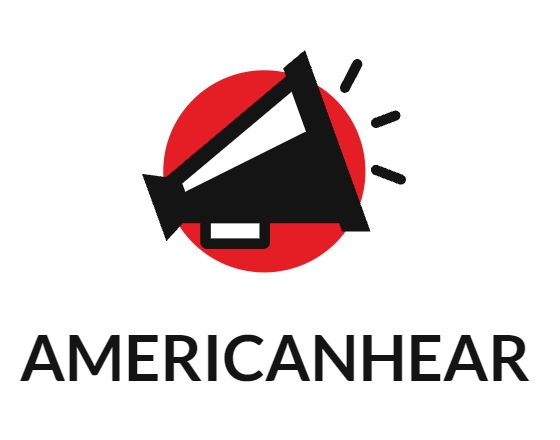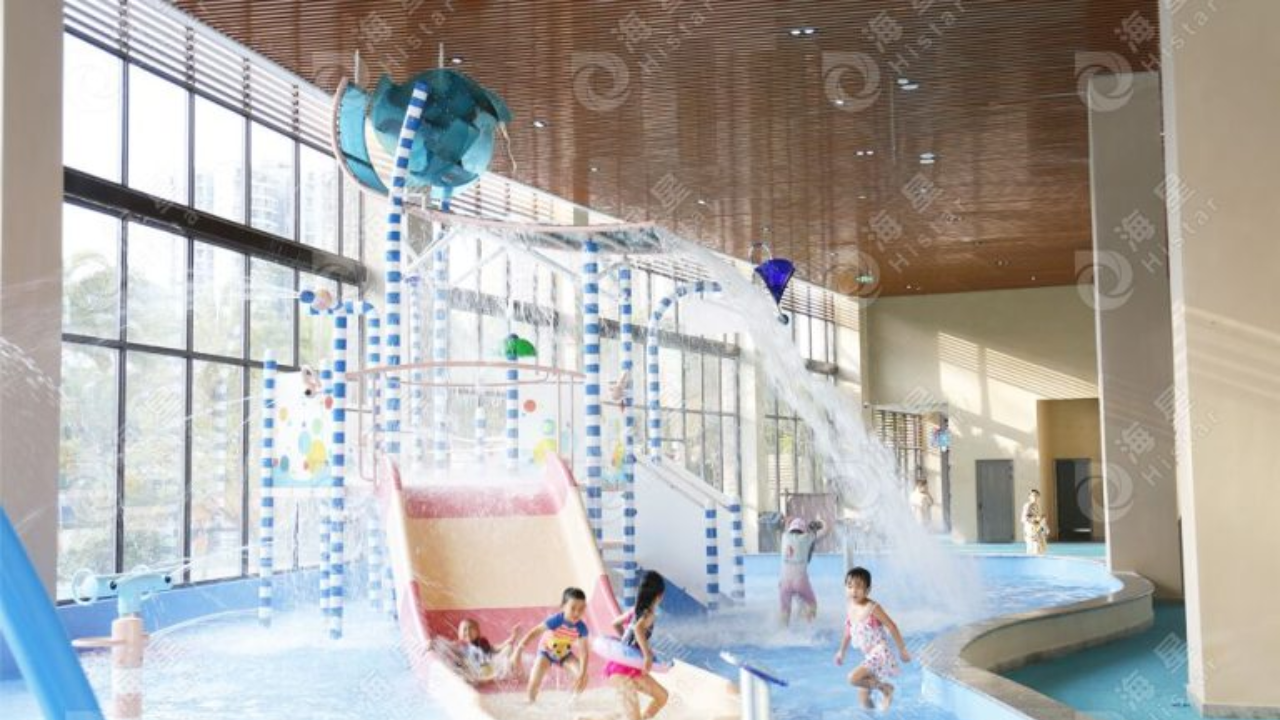Building a water park is a big investment and the most expensive part of it is the equipment. Water play equipment is crucial in how the visitor experience is shaped and how much the park will cost to build. The matter of equipment choices can have a great impact on initial cost and long-term maintenance. The article explores how water park equipment affects costs for investors to make an informed decision on their upcoming projects.
Types of Water Park Equipment and Cost Variations
Water park equipment can range from simple splash pads to high end thrill rides. The features, material, and size vary, and therefore each category has a cost range. Small slides and splash pads, and basic equipment, are more affordable, which makes them more popular for smaller parks or those on a budget. More investment is required for large slides, wavepools, and water playgrounds.
A basic slide could be estimated to cost anywhere between $10,000 and $50,000, based on size and design. Wave pools, however, are considerably more costly, reaching $500,000 or more for their complexity and highly developed water circulation systems. The water park build cost equipment can easily skyrocket to millions, especially with high end thrill rides like large multi story slides or water coasters. Big parks want these premium features, but they are very expensive.
Equipment Costs and Material Selection
The total cost, however, is a result of the materials that make up the water play equipment. For example, fiberglass slides are more expensive than basic plastic ones, but perform better and last longer. High strength and durability are provided by stainless steel, commonly used for structural elements that can be more expensive than other metals. For smaller parks, a balance between cost and durability is critical. Other parks will save money by choosing less expensive materials like polyethylene, as it provides durable products without the high up front costs of fiberglass or stainless steel.
Themed Equipment Considerations and Customization
On the other hand, customization and theming have also become a popular trend in water parks, which enable them to provide a unique and immersive experience. Adding these features tends to raise costs. Specialized designs and the necessity for custom manufacturing can make customized equipment like uniquely designed slides or interactive water elements more expensive.
Costs can also be significantly affected by theming. Specialized construction, as well as more design work, may be needed for themed elements such as water features which complement a park’s story or brand. The experience can be elevated with branded characters, advanced lighting, and custom water features, but it will cost you. Themed elements can also justify the higher price tag for parks that attract a large audience with different experiences.
Water Play Equipment Installation and Engineering Costs
Installing water park equipment is not only about placing slides and water features. Installation is only to be done by professionals to ensure safety, longevity and optimal performance. The cost of installation is highly dependent on skilled labor, precision, and the need to adhere to safety standards.
The installation of water play equipment necessitates considering engineering issues like slope design, water flow and structural support. For instance, the water slides and wave pools need accurate engineering to avoid malfunctions or breaches of safety regulations. Expert installation services are important, as poorly designed installations can result in costly repairs or maintenance down the road.
The installation cost can vary depending on the complexity of the equipment. Basic installation costs—such as for a simple slide—will be low, whereas engineering costs and installation times increase for more intricate systems, such as a wave pool or lazy river. When professional services are used, installation errors will be minimized, and the equipment will meet safety standards.
Water Play Equipment Long-Term Maintenance and Replacement Costs
High-end water park equipment may be more expensive up front but often comes with lower maintenance. Equipment constructed from materials such as fiberglass and stainless steel has longer lifespans and requires less maintenance. But cheaper equipment could be more subject to damage and wear, potentially requiring more frequent maintenance.
Replacement cycles are typically done on high-use items like water slides and wave pools. For instance, water slides may require new installation or replacement every 10 to 15 years based on the frequency of use and quality of the material used in its construction. Other water systems like wave pools also need regular maintenance with cleaning and checks for wear.
When selecting water play equipment, investors should factor in long-term maintenance and replacement costs. Equipment made from low-maintenance, durable materials will lower the expense of repairs and allow the park to continue to operate without major disruption. With regular maintenance and care, water play equipment can last longer and provide greater value over time.
Conclusion
The cost involved in building and operating a water park can be divided into a few components, one of which is water park equipment. Equipment choices impact construction budget and operational costs, from the initial investment in high-quality slides and wave pools to long-term maintenance. Furthermore, investors must practice caution while choosing the equipment according to material selection, customization, and installation requirements, incorporating future maintenance and replacement costs. Investors who make informed decisions can guarantee that the water park they invest in is both cost-effective and ensures the visitors enjoy a memorable trip.


